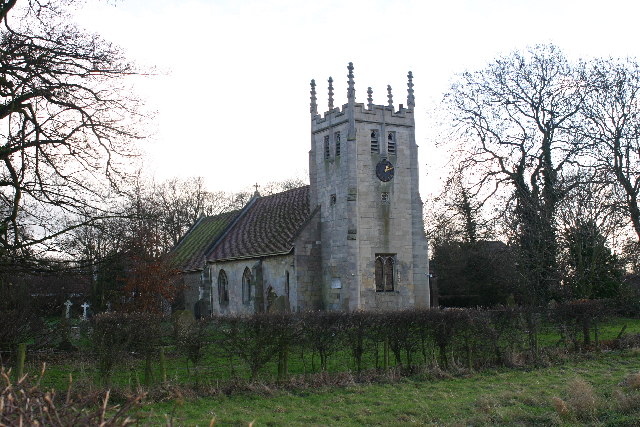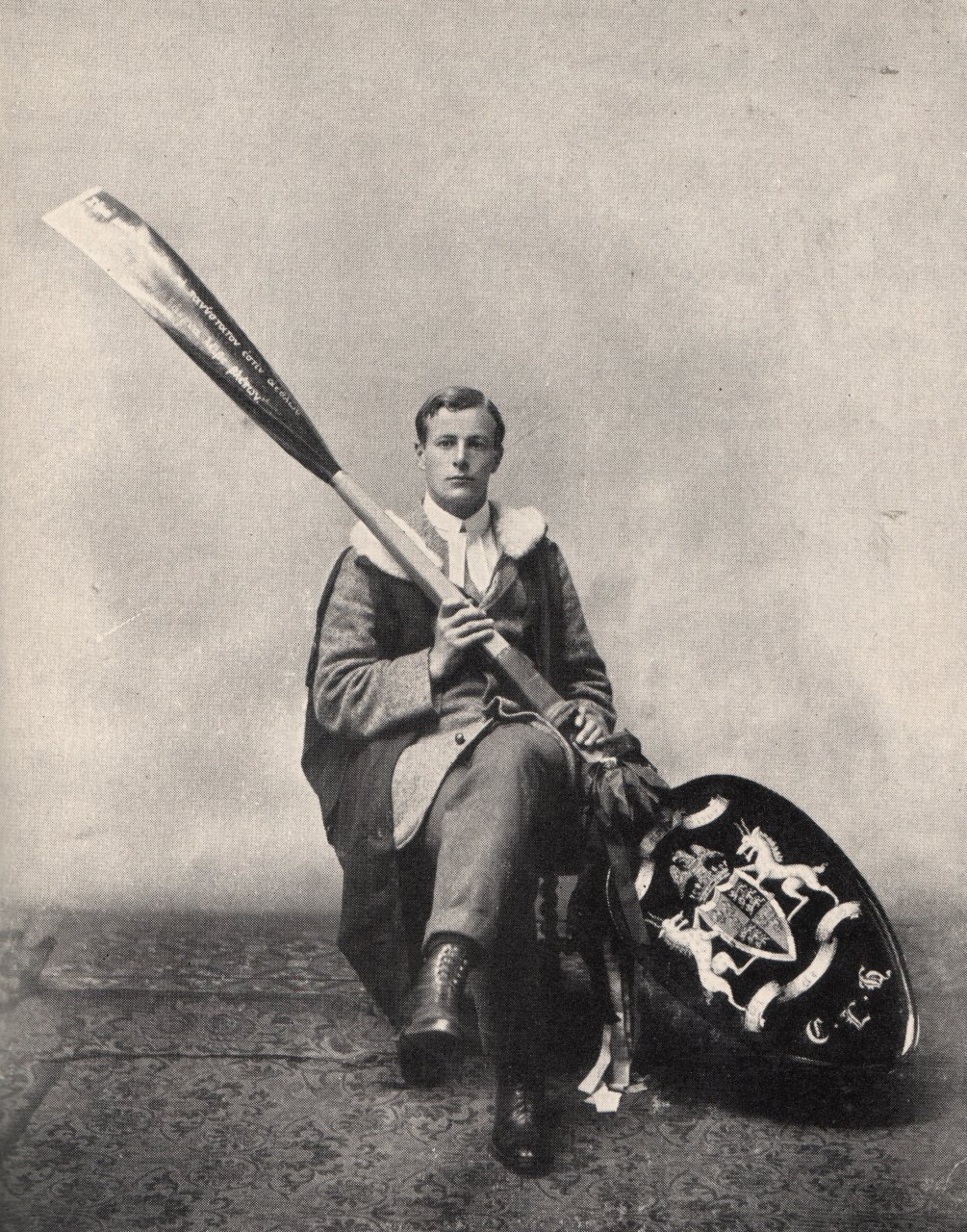|
Edward John Routh
Edward John Routh (; 20 January 18317 June 1907), was an English mathematician, noted as the outstanding coach of students preparing for the Mathematical Tripos examination of the University of Cambridge in its heyday in the middle of the nineteenth century. He also did much to systematise the mathematical theory of mechanics and created several ideas critical to the development of modern control systems theory. Biography Early life Routh was born of an English father and a French-Canadian mother in Quebec, at that time the British colony of Lower Canada. His father's family could trace its history back to the Norman conquest when it acquired land at Routh near Beverley, Yorkshire. His mother's family, the Taschereau family, was well-established in Quebec, tracing their ancestry back to the early days of the French colony. His parents were Sir Randolph Isham Routh (1782–1858) and his second wife, Marie Louise Taschereau (1810–1891). Sir Randolph was Commissary General o ... [...More Info...] [...Related Items...] OR: [Wikipedia] [Google] [Baidu] |
Quebec
Quebec ( ; )According to the Canadian government, ''Québec'' (with the acute accent) is the official name in Canadian French and ''Quebec'' (without the accent) is the province's official name in Canadian English is one of the thirteen provinces and territories of Canada. It is the largest province by area and the second-largest by population. Much of the population lives in urban areas along the St. Lawrence River, between the most populous city, Montreal, and the provincial capital, Quebec City. Quebec is the home of the Québécois nation. Located in Central Canada, the province shares land borders with Ontario to the west, Newfoundland and Labrador to the northeast, New Brunswick to the southeast, and a coastal border with Nunavut; in the south it borders Maine, New Hampshire, Vermont, and New York in the United States. Between 1534 and 1763, Quebec was called ''Canada'' and was the most developed colony in New France. Following the Seven Years' War, Quebec b ... [...More Info...] [...Related Items...] OR: [Wikipedia] [Google] [Baidu] |
Routhian
alt= In classical mechanics, Routh's procedure or Routhian mechanics is a hybrid formulation of Lagrangian mechanics and Hamiltonian mechanics developed by Edward John Routh. Correspondingly, the Routhian is the function which replaces both the Lagrangian and Hamiltonian functions. Routhian mechanics is equivalent to Lagrangian mechanics and Hamiltonian mechanics, and introduces no new physics. It offers an alternative way to solve mechanical problems. Definitions The Routhian, like the Hamiltonian, can be obtained from a Legendre transform of the Lagrangian, and has a similar mathematical form to the Hamiltonian, but is not exactly the same. The difference between the Lagrangian, Hamiltonian, and Routhian functions are their variables. For a given set of generalized coordinates representing the degrees of freedom in the system, the Lagrangian is a function of the coordinates and velocities, while the Hamiltonian is a function of the coordinates and momenta. The Routhian diffe ... [...More Info...] [...Related Items...] OR: [Wikipedia] [Google] [Baidu] |
Routh, East Riding Of Yorkshire
Routh is a village and civil parish in the East Riding of Yorkshire, England. It is situated is approximately north-east of Beverley, lying on the A1035 road. According to the 2001 UK census, Routh parish had a population of 94. The parish church of All Saints is a Grade II* listed building. Governance Routh is represented locally by Tickton and Routh Parish Council a joint council with the adjacent parish of Tickton. while at county level is in the Beverley Rural ward of the East Riding of Yorkshire Council. At a parliamentary level it is part of the Beverley and Holderness constituency which is represented by Graham Stuart of the Conservative Party. References External links * Villages in the East Riding of Yorkshire Civil parishes in the East Riding of Yorkshire {{EastRiding-geo-stub ... [...More Info...] [...Related Items...] OR: [Wikipedia] [Google] [Baidu] |
Norman Conquest
The Norman Conquest (or the Conquest) was the 11th-century invasion and occupation of England by an army made up of thousands of Norman, Breton, Flemish, and French troops, all led by the Duke of Normandy, later styled William the Conqueror. William's claim to the English throne derived from his familial relationship with the childless Anglo-Saxon king Edward the Confessor, who may have encouraged William's hopes for the throne. Edward died in January 1066 and was succeeded by his brother-in-law Harold Godwinson. The Norwegian king Harald Hardrada invaded northern England in September 1066 and was victorious at the Battle of Fulford on 20 September, but Godwinson's army defeated and killed Hardrada at the Battle of Stamford Bridge on 25 September. Three days later on 28 September, William's invasion force of thousands of men and hundreds of ships landed at Pevensey in Sussex in southern England. Harold marched south to oppose him, leaving a significant portion of his ... [...More Info...] [...Related Items...] OR: [Wikipedia] [Google] [Baidu] |
Lower Canada
The Province of Lower Canada (french: province du Bas-Canada) was a British colony on the lower Saint Lawrence River and the shores of the Gulf of Saint Lawrence (1791–1841). It covered the southern portion of the current Province of Quebec and the Labrador region of the current Province of Newfoundland and Labrador (until the Labrador region was transferred to Newfoundland in 1809). Lower Canada consisted of part of the former colony of Canada of New France, conquered by Great Britain in the Seven Years' War ending in 1763 (also called the French and Indian War in the United States). Other parts of New France conquered by Britain became the Colonies of Nova Scotia, New Brunswick, and Prince Edward Island. The Province of Lower Canada was created by the ''Constitutional Act 1791'' from the partition of the British colony of the Province of Quebec (1763–1791) into the Province of Lower Canada and the Province of Upper Canada. The prefix "lower" in its name refers to its geog ... [...More Info...] [...Related Items...] OR: [Wikipedia] [Google] [Baidu] |
Control Theory
Control theory is a field of mathematics that deals with the control of dynamical systems in engineered processes and machines. The objective is to develop a model or algorithm governing the application of system inputs to drive the system to a desired state, while minimizing any ''delay'', ''overshoot'', or ''steady-state error'' and ensuring a level of control stability; often with the aim to achieve a degree of optimality. To do this, a controller with the requisite corrective behavior is required. This controller monitors the controlled process variable (PV), and compares it with the reference or set point (SP). The difference between actual and desired value of the process variable, called the ''error'' signal, or SP-PV error, is applied as feedback to generate a control action to bring the controlled process variable to the same value as the set point. Other aspects which are also studied are controllability and observability. Control theory is used in control system eng ... [...More Info...] [...Related Items...] OR: [Wikipedia] [Google] [Baidu] |
Mechanics
Mechanics (from Ancient Greek: μηχανική, ''mēkhanikḗ'', "of machines") is the area of mathematics and physics concerned with the relationships between force, matter, and motion among physical objects. Forces applied to objects result in displacements, or changes of an object's position relative to its environment. Theoretical expositions of this branch of physics has its origins in Ancient Greece, for instance, in the writings of Aristotle and Archimedes (see History of classical mechanics and Timeline of classical mechanics). During the early modern period, scientists such as Galileo, Kepler, Huygens, and Newton laid the foundation for what is now known as classical mechanics. As a branch of classical physics, mechanics deals with bodies that are either at rest or are moving with velocities significantly less than the speed of light. It can also be defined as the physical science that deals with the motion of and forces on bodies not in the quantum realm ... [...More Info...] [...Related Items...] OR: [Wikipedia] [Google] [Baidu] |
University Of Cambridge
, mottoeng = Literal: From here, light and sacred draughts. Non literal: From this place, we gain enlightenment and precious knowledge. , established = , other_name = The Chancellor, Masters and Scholars of the University of Cambridge , type = Public research university , endowment = £7.121 billion (including colleges) , budget = £2.308 billion (excluding colleges) , chancellor = The Lord Sainsbury of Turville , vice_chancellor = Anthony Freeling , students = 24,450 (2020) , undergrad = 12,850 (2020) , postgrad = 11,600 (2020) , city = Cambridge , country = England , campus_type = , sporting_affiliations = The Sporting Blue , colours = Cambridge Blue , website = , logo = University of Cambridge logo ... [...More Info...] [...Related Items...] OR: [Wikipedia] [Google] [Baidu] |
Cambridge Mathematical Tripos
The Mathematical Tripos is the mathematics course that is taught in the Faculty of Mathematics at the University of Cambridge. It is the oldest Tripos examined at the University. Origin In its classical nineteenth-century form, the tripos was a distinctive written examination of undergraduate students of the University of Cambridge. Prior to 1824, the Mathematical Tripos was formally known as the "Senate House Examination". From about 1780 to 1909, the "Old Tripos" was distinguished by a number of features, including the publication of an order of merit of successful candidates, and the difficulty of the mathematical problems set for solution. By way of example, in 1854, the Tripos consisted of 16 papers spread over 8 days, totaling 44.5 hours. The total number of questions was 211. The actual marks for the exams were never published, but there is reference to an exam in the 1860s where, out of a total possible mark of 17,000, the senior wrangler achieved 7634, the second wrangl ... [...More Info...] [...Related Items...] OR: [Wikipedia] [Google] [Baidu] |
Adams Prize
The Adams Prize is one of the most prestigious prizes awarded by the University of Cambridge. It is awarded each year by the Faculty of Mathematics at the University of Cambridge and St John's College to a UK-based mathematician for distinguished research in the Mathematical Sciences. The prize is named after the mathematician John Couch Adams. It was endowed by members of St John's College and was approved by the senate of the university in 1848 to commemorate Adams' controversial role in the discovery of the planet Neptune. Originally open only to Cambridge graduates, the current stipulation is that the mathematician must reside in the UK and must be under forty years of age. Each year applications are invited from mathematicians who have worked in a specific area of mathematics. the Adams Prize is worth approximately £14,000. The prize is awarded in three parts. The first third is paid directly to the candidate; another third is paid to the candidate's institution to fun ... [...More Info...] [...Related Items...] OR: [Wikipedia] [Google] [Baidu] |
Smith's Prize
The Smith's Prize was the name of each of two prizes awarded annually to two research students in mathematics and theoretical physics at the University of Cambridge from 1769. Following the reorganization in 1998, they are now awarded under the names Smith-Knight Prize and Rayleigh-Knight Prize. History The Smith Prize fund was founded by bequest of Robert Smith upon his death in 1768, having by his will left £3,500 of South Sea Company stock to the University. Every year two or more junior Bachelor of Arts students who had made the greatest progress in mathematics and natural philosophy were to be awarded a prize from the fund. The prize was awarded every year from 1769 to 1998 except 1917. From 1769 to 1885, the prize was awarded for the best performance in a series of examinations. In 1854 George Stokes included an examination question on a particular theorem that William Thomson had written to him about, which is now known as Stokes' theorem. T. W. Körner notes Only a ... [...More Info...] [...Related Items...] OR: [Wikipedia] [Google] [Baidu] |







